Introduction
Neo-fascism is a late-20th and 21st century post–World War II ideology that includes significant elements of fascism. Such image is commonly associated with the far right; images of a new authoritarianism, nationalism and xenophobia. Neo-fascism would thus have to be understood in terms of its fundamentals and the manner in which they are seen as manifested across various sectors of society, including positive art representations.
Understanding Neo-Fascism
Neo-fascism is characterized by several core elements that echo historical fascism while adapting to modern societal and political landscapes. These include:
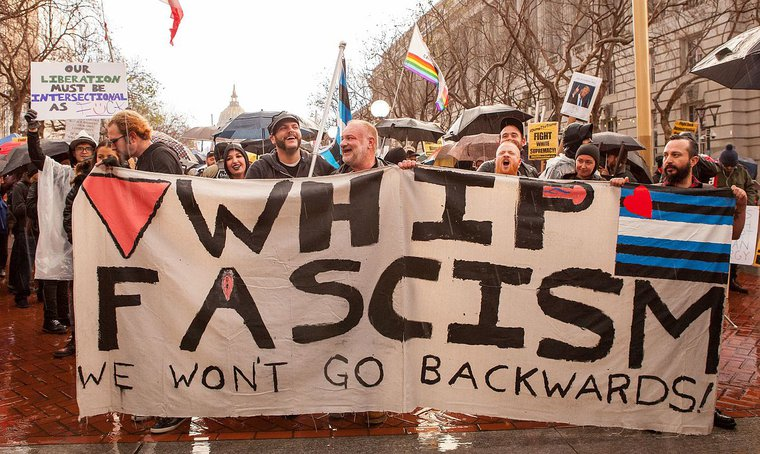
1. Authoritarianism: Neo-fascist groups often profess to having strong centralized control, frequently… with a charismatic leader and/or a reliance on democratic elections. They value the power of the state and often involve an intolerant rejection of political pluralism.
2. Nationalism: Neo-Fascism is, at its core, an extreme form of nationalism favouring the interests of a nation or ethnic group over and before those of other nations. Such nationalism more often than not coincides with anti-immigration and xenophobic attitudes, characterizing foreigners as enemies of the collective national identity.
3. Populism – Neo-fascist ideologies often use populist rhetoric to present themselves as standing against an elite that is opposed to them and in favour of “the common people”. This rhetoric frequently presents a set of simple answers to sophisticated social and economic predicaments.
4. Revanchism — a desire to take back what is seen as lost in the past, expressed through the mythologisation of historical narratives about how strong and pure the nation used to be.
5. Militarism — the military strength and dedication to order, a conspicuous feature of neo-fascist movements that glorify militaristic values and (in paramilitary style) have openly expressed an intention to use physical force as a solution to political problems.Neo-Fascism in Visual Art
Visual art serves as a powerful medium for reflecting, critiquing, and challenging socio-political ideologies, including neo-fascism. The intersection of neo-fascism and visual art can be explored through various lenses:
1. Propaganda and Symbolism
Since neo-fascist trends are often referred to as neo-Nazism, it works pretty well for the medium of art — any kind of symbols and signs accelerate the crystallization of neo-fascist ideas. These artists were the authentic creators of Factory work that used the visual language of nationalism (flags and logos) and military protocol to enforce patriotism and spiritual elevation among the masses. Indeed, much neo-fascist art probably does attempt to tell the story of its ideology by using these traditional symbols and historical references which neofolk employs.
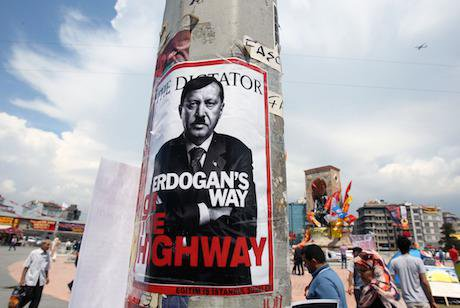
For instance some artists that show neo-fascism ties tend to make works that glorify figures from the history of fascist states. The works paint representations of these people or occurrences, which might aim to ennoble their actions and promote the extremest ideas of fascism
2. Art as Resistance
There are many modern artists that work to criticise neo-fascist ideologies which they often come across. This defiance, often manifests subversive arts to incite the rhetorical inconsistencies that precariously underpin neo-fascism. Artists could use satire, parody, and ironic commentary to caricature or belittle the sentiment of neo-fascist symbols and messages, for instance. A good example of this is the use of representational art to counteract the spread or some popularism leaders or movements. These artists work will juxtapose neo-facism speak with its actual implications in marginalized communities. In this fashion, these will be combined with mixed media pieces, installations and live events highlighting absurdities of and dangers implicit within fascism.
3. The Role of Digital Art and Media
New forms of neo-fascist visibility and resistance have emerged in digitally networked space, a trend contributed to by the rise of digital art and media. Social media has become a powerful tool for spreading the messages of neo-fascist groups, here art has its place in this digital landscape. They’re doing this by using graphic design and pulling through meme culture to amplify the neo-fascist symbols and ideas, often leaving viral content appealing to a large audience.
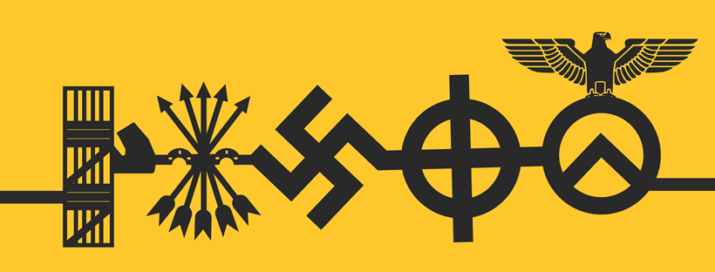
Places where digital artists and activists use the internet to counter neo-fascist narratives. On this front Singleton has been active in producing counter-fascist art to go viral, disseminating counter-narratives, and building anti-hate speech and propaganda community connectors. Digital media is both open-sourced and rapid, allowing for an adaptive sharing of ideas and artistic responses to the advancing methods of harm.
4. Historical and Cultural References
While artists working to critique neo-fascism often lean on these references, layers of historical and cultural allusions serve as eulogic reminders of the cyclical nature that fascist ideologies carry. Art can reference past fascist regimes and movements resisting them or be a part of the narrative corona surrounding contemporary neo-fascism within an extended historical panorama. Artists can, for instance, refer to the art and propaganda of 20th century fascist regimes when alluding to neo-fascism. By emphasizing the ugly and disgusting aspects of neo-fascism this might also help to show another kind; how such a politics is not new, but only just recurring. These works often participate in a kind of critical historiography, tracing the ways that history itself is rewritten or revised for use in contemporary politics.

Case Studies
Several contemporary artists and art movements provide insightful examples of how neo-fascism is addressed in visual art:
1. Bansky – Banksy is the pseudonymous England-based street artist, politcal activist, and film director whose real identity theotrically remains adjusted. His subjects often revolve around nationalism, authoritarianism and social justice; a commentary on the impact of neo-fascist ideologies in society.
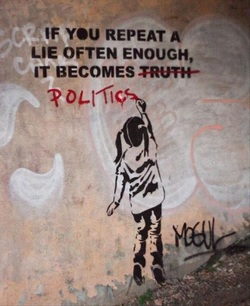
Banksy uses a well-known saying, replaced with politics in red paint, implying that even young people are beginning to realize politics is fake, highlighting the vibrant and negative nature of the subject| Courtesy: Infamous Banksy
2. Ai Weiwei (China) — Ai Weiwei is a Chinese artist and activist who has angering dictatorships and advocating for people’s rights as his mantra. His works entitled “Refugee” and “Sunflower Seeds,” among others, provoke state power whilst exploring themes of displacement and resistance making a critique against neo-fascism within diverse political contexts.
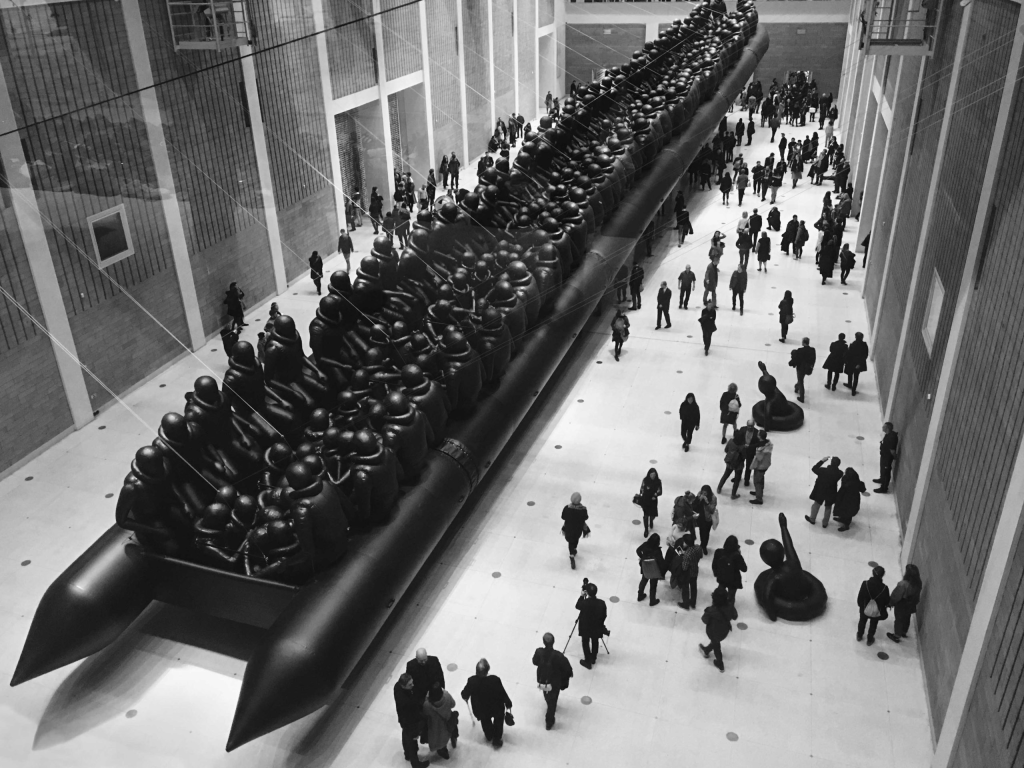
3. Shepard Fairey Shepard has tackled resistance and social justice themes in his art, most notably with the `Hope` poster for then-presidential candidate Barack Obama. Using a forceful combination of visually striking images and controversial statements, his work often reflects on political and social systems—and neo-fascist movements in particular.
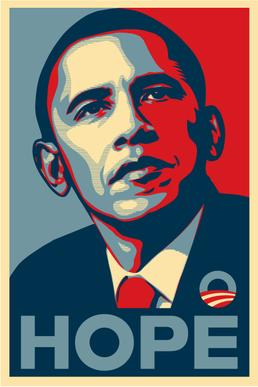
Conclusion
In our time, neo-fascism poses an urgent threat to democratic values and human rights. Both in reflecting and resisting this ideological movement, visual art has a key part to play. Artists have used wide-ranging tactics, from propaganda (Erik van der Weijde), resistance art (Pedro Neves Marques and Phanuel Antwi & Henry Zhang), digital platforms (Nora Icons) to addressing historical references- all quite unnerving. With neo-fascism on the rise in global politics, now more than ever, visual art has an important role to play in critiquing and resisting these kinds of narratives: challenging them to contradict them and maintaining a discourse that is not governed by fear but open dialogues within the democratic fold.
Bibliography
1. Agamben, Giorgio. State of Exception. University of Chicago Press, 2005.
2. Bertram, Christopher. Fascism and the Modernist Imagination. Routledge, 2020.
3. Cohen, Mark. Art as Resistance: The Role of Contemporary Art in Political Activism. Thames & Hudson, 2019.
4. Dougherty, Jane. The New Fascism: The Rise of Authoritarianism and Its Art. Palgrave Macmillan, 2021.
5. Eco, Umberto. Ur-Fascism. The New York Review of Books, 1995.
6. Klein, Naomi. The Shock Doctrine: The Rise of Disaster Capitalism. Metropolitan Books, 2007.
7. Niven, Bill. The Cultural Politics of Neo-Fascism. Routledge, 2018.
8. Sontag, Susan. On Photography. Farrar, Straus and Giroux, 1977.
9. Tucker, Robert C. Stalin as Revolutionary: A Study in History and Personality. W.W. Norton & Company, 1973.
10. Wynne, Jonathan. Visual Art and Political Resistance: A Historical Overview. University of California Press, 2015.
11. Zizek, Slavoj. Welcome to the Desert of the Real: Five Essays on September 11 and Related Dates. Verso Books, 2002.






